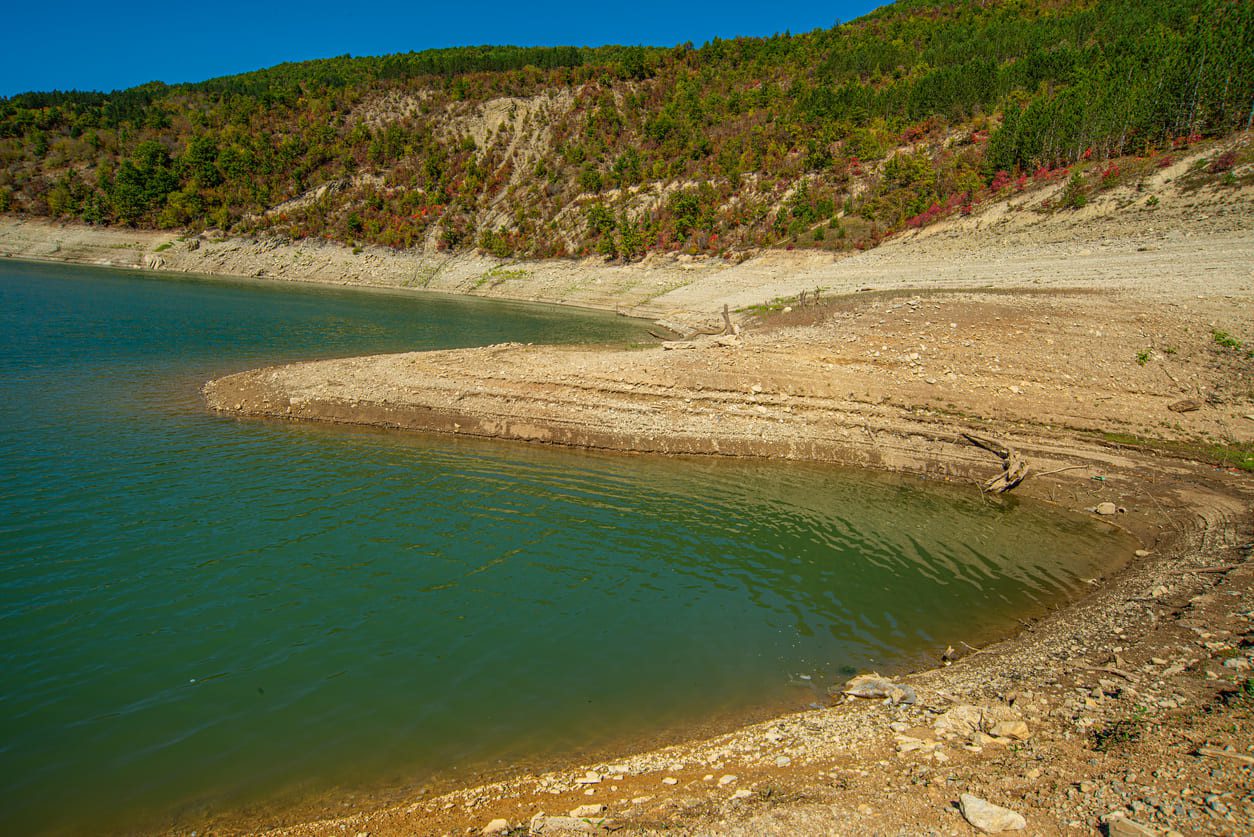Summer storms that dropped more than 10 inches of rain in North Texas this week caused significant flooding in the region and set records in some areas but failed to replenish local water district reservoirs on par with expectations.
This month has been the wettest August on record in Dallas-Fort Worth, the National Weather Service (NWS) in Fort Worth reported. This year’s 10.38 inches of rainfall beat the previous 10.33 inches record from August 1915.
“Make no mistake, the rain that hit North Texas was one for the record books,” Tarrant Regional Water District (TRWD) reports. “The 9.5 inches of rain that fell in 24 hours is a 100-year rainfall event for Tarrant County, with totals in Fort Worth ranging from 8.5 inches to 12 inches.”
Grant Johnston, an NBC meteorologist, reported that while North Texas benefited from the rain, spurring late-summer life to grass and trees, most of the water headed south.
“Not to say it’s all for naught,” he said, “Not at all. We’ll take it. But a lot of it just floats on by as it heads down toward the Gulf of Mexico.”
“Unfortunately, the heaviest rainfall in this event fell over Dallas and Tarrant counties,” the NWS said on social media. “This water will actually flow to Lake Livingston and be Houston’s water supply. The rain that fell in our watershed certainly was welcome, but it was not enough for a significant hydrologic response for all of our area lakes except for Cedar Creek Reservoir.”
The storms missed many watersheds that feed the reservoirs that provide water to the area, according to the TRWD.
“And where rain did fall in large amounts near a reservoir, like near Cedar Creek Reservoir in East Texas, the drought-stricken landscape soaked up the moisture before it could run off into TRWD’s reservoir system,” TRWD said. As a result, the amount of water stored in TRWD’s supply system is expected to rise to only 83% of capacity.
TRWD, which provides raw water to 2.3 million people living in North Texas, relies on seven reservoirs as part of its water supply system: Cedar Creek, Richland Chambers, Eagle Mountain Lake, Lake Bridgeport, Benbrook Lake, Lake Worth, and Lake Arlington. These reservoirs lie within Wise, Tarrant, Navarro, Freestone, Henderson, and Kaufman counties.
Over 48 hours, the average rainfall in the Arlington and Lake Worth watersheds Sunday through Monday was 6.4 inches. That’s compared to 5.6 inches for the Lake Bridgeport and Eagle Mountain watersheds. Benbrook Lake gained three-quarters of a foot and Richland Chambers two-tenths, and Cedar Creek is expected to rise about two feet.
“Every stock tank is low [or] empty, so this fills it up, and the ground is soaking it up, so Cedar Creek is only going to come up a couple of feet,” said Zach Huff, engineering director for TRWD. “If the ground had been saturated, it would have filled it up.”
The rainfall, however, will give the system some relief.
Water demand, which typically begins to decrease this time of year, has already been reduced significantly. TRWD reported water usage at a rate of 550 million gallons per day from August 14 to August 17, according to Huff. Usage dropped to 285 million gallons on Monday.
This week’s storms have also tapped the brakes on water evaporation. Before last week’s storms, the reservoirs were losing approximately 700 million gallons per day due to the sun, high temperatures, and wind. Evaporation loss dropped to about 200 million gallons per day due to the cooler, cloudier conditions following the storms.
Despite the recent rainfall, drought conditions persist in Texas, TRWD said. It is too soon to say just how much the storms will move the needle on the imposition of Stage 1 water restrictions.
“It definitely will push it out; the question is: How much?” Huff said.







It says that “Every stock tank is low and empty” It has to be low OR empty. It can’t be both.
What if the low setting is the empty setting to allow for settlement?